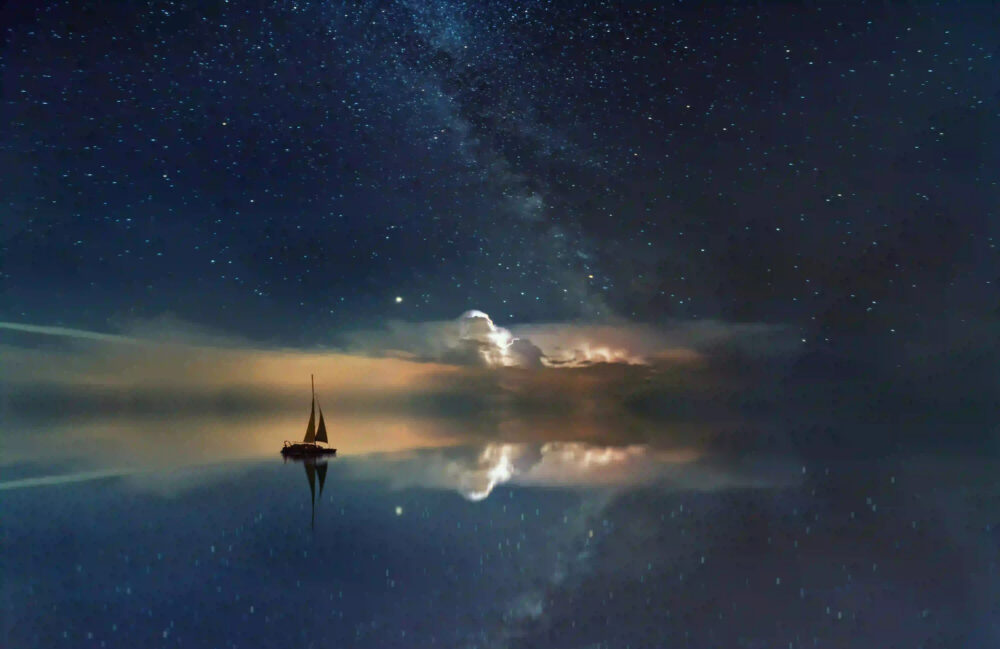In the realm of fantasy literature, film, and art, the allure of otherworldly architecture captivates the imagination, transporting audiences to realms where reality intertwines with the fantastical. From towering citadels and ethereal palaces to labyrinthine dungeons and enigmatic ruins, the architectural landscapes of fantasy settings evoke a sense of wonder and mystery. In this exploration, we delve into the enigmatic realm of otherworldly architecture, unraveling its design principles, aesthetic nuances, and profound impact on the immersive worlds of fantasy.
Unveiling the Architectural Marvels of Fantasy Realms
The tapestry of fantasy worlds is woven with architectural marvels that defy the constraints of earthly design, offering a glimpse into realms shaped by boundless creativity and imagination. Keywords such as “otherworldly architecture,” “fantasy design,” and “magical buildings” capture the essence of these wondrous constructs, guiding enthusiasts and creators alike to a realm where the laws of physics yield to the whims of the fantastic. Whether it be the grand spires of elven citadels, the intricate carvings of dwarven halls, or the organic forms of alien structures, the diverse array of architectural paradigms in fantasy settings serves as a testament to the boundless ingenuity of human imagination.
Crafting Architectural Narratives: Form, Function, and Symbolism
Beyond their aesthetic appeal, otherworldly structures within the realm of fantasy bear profound narrative significance, reflecting the cultures, histories, and mythologies of the worlds they inhabit. In crafting these architectural narratives, keywords like “fantasy worldbuilding,” “architectural symbolism,” and “fictional cultures” play a pivotal role in shaping the distinct identities of civilizations and societies within fantasy realms. The towering spires of a mage’s tower may symbolize knowledge and arcane power, while the labyrinthine catacombs of an ancient civilization evoke a sense of mystery and forgotten lore. By infusing architecture with symbolic depth, fantasy creators impart a rich layer of storytelling that resonates with audiences, enriching the immersive experience of fictional worlds.
Design Principles and Aesthetic Inspirations: Defying Conventional Constraints
The design of otherworldly architecture transcends the conventional boundaries of structural engineering and architectural norms, embracing a fusion of organic forms, surreal geometries, and fantastical embellishments. Keywords such as “fantasy architecture design,” “unconventional structures,” and “architectural inspirations” encapsulate the ethos of design principles that underpin the creation of fantastical edifices. Drawing inspiration from diverse sources, including mythology, natural formations, and speculative fiction, fantasy architects weave together a tapestry of design elements that challenge perceptions of what architecture can encompass. From the ethereal elegance of elven architecture to the rugged grandeur of orcish fortresses, the spectrum of aesthetic inspirations in fantasy architecture knows no bounds, offering a canvas for boundless creativity and innovation.
Immersive Worldbuilding: Embracing the Evocative Power of Architecture
Within the realm of worldbuilding, architecture serves as a cornerstone of immersive storytelling, shaping the visual identity and atmospheric ambiance of fantasy settings. Keywords such as “worldbuilding techniques,” “environmental storytelling,” and “immersive visuals” illuminate the role of architecture as a catalyst for evoking a sense of place, history, and cultural diversity within fictional worlds. Whether it be the haunting ruins of a fallen kingdom, the opulent palaces of regal courts, or the quaint villages nestled amidst bucolic landscapes, the architectural tableau of fantasy realms breathes life into the imaginary landscapes, inviting audiences to embark on journeys that transcend the confines of reality.
Conclusion: The Enduring Enchantment of Fantastical Architecture
In conclusion, the enigma of otherworldly architecture stands as a testament to the enduring allure of fantastical realms, where the boundaries of imagination meld with the tangible forms of architectural expression. Through the interplay of design, symbolism, and immersive worldbuilding, the architectural landscapes of fantasy settings beckon audiences to embark on voyages of wonder and discovery, igniting the flames of creativity and captivating the senses with their ineffable charm. As we continue to traverse the realms of fantasy, let us revel in the enduring enchantment of otherworldly architecture, where the confluence of artistry and imagination gives rise to landscapes that transcend the constraints of reality, inviting us to partake in the timeless allure of the fantastical.
I hope you find this blog post engaging and informative! If you have any further questions or need additional information, feel free to ask.
